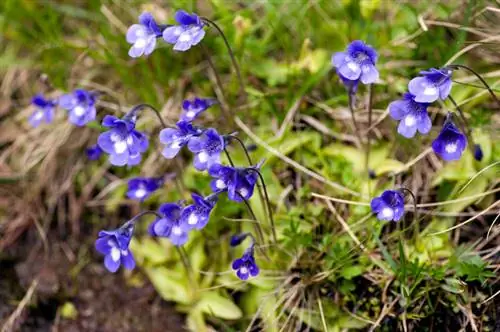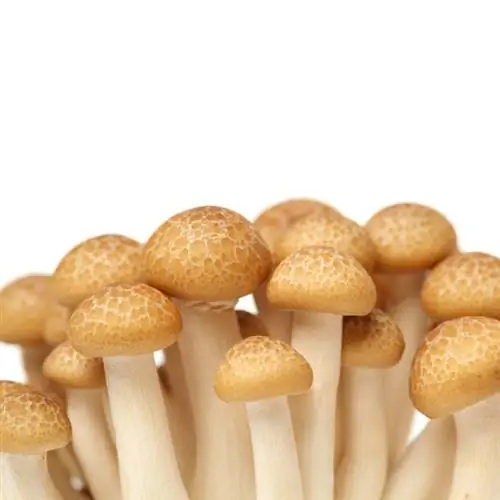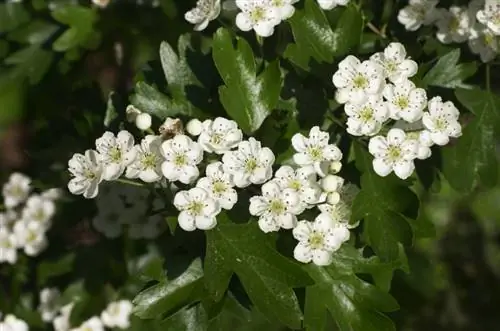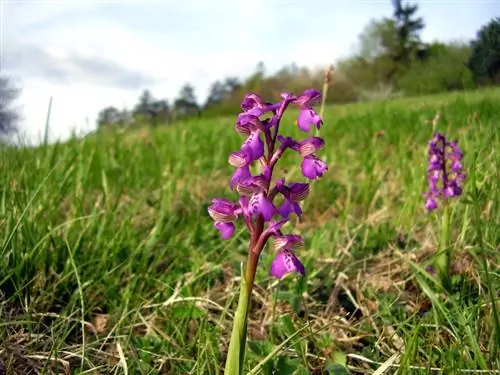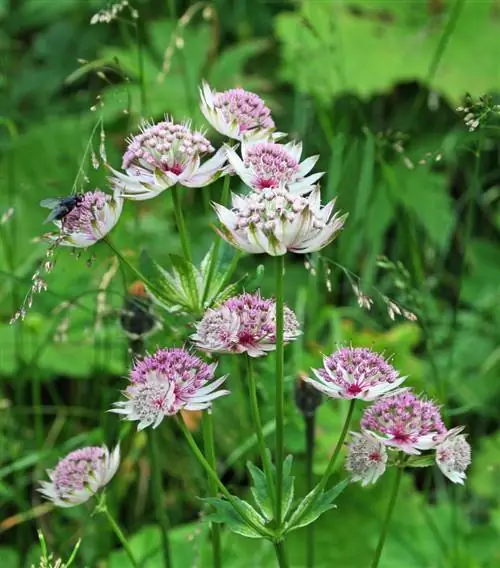- Author admin [email protected].
- Public 2023-12-16 16:46.
- Last modified 2025-01-23 11:20.
Fedwort is one of the carnivorous plants (carnivores) that are mostly kept in pots by enthusiasts. There are numerous species worldwide, although they are mostly native to Central America. In Germany, Austria and Switzerland there are only a few fatty herbs that thrive in the wild.
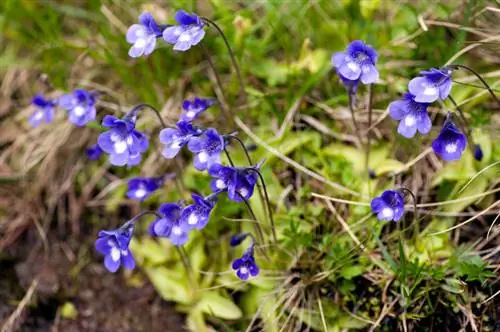
Which butterwort species are there in Central Europe?
Four butterwort species occur in Central Europe: common butterwort (Pinguicula vulgaris), alpine butterwort (Pinguicula alpina), thin-spurred butterwort (Pinguicula leptocera) and large-flowered butterwort (Pinguicula grandiflora). These carnivorous plants are native to Germany, Austria and Switzerland.
Fat herbs are mainly found in Central America
85 different types of butterwort are known so far. The vast majority grows in Central and South America. Only in Australia and New Zealand are no native butterwort species found.
Fedwort species in Germany, Austria and Switzerland
In Central Europe there are four species of butterwort that also grow in the wild.
- Common butterwort (Pinguicula vulgaris)
- Alpine butterwort (Pinguicula alpina)
- Thin-spurred butterwort (Pinguicula leptocera) (Austria and Switzerland)
- Large-flowered butterwort (Pinguicula grandiflora) (Switzerland)
Due to its location requirements, butterwort is often only limited to certain areas. Due to changing environmental conditions, butterworts are threatened with extinction in Germany and are therefore protected. They must not be dug up, picked or cut.
Characteristics of butterwort species
All butter herbs form a native rosette. It can be colored differently depending on when it grows. The flowers appear from May to August and are on a 10 to 15 centimeter long stalk. They are similar in shape to violets and usually have a violet or violet-white color. If they are pollinated, ovaries form in which the black seeds ripen.
The green or pink colored leaves of butterwort serve as a store for moisture and nutrients. They are equipped with glands that secrete a sticky fluid. If insects settle on the leaf, they stick to it.
The butterwort digests the trapped insects using enzymes. After a few days, only the chitin shell is visible as a shell.
Use as an ornamental plant
Fat herbs are becoming increasingly popular among hobby gardeners because of their flowers. The plants are also often kept in the kitchen or in the herb bed to eliminate fruit flies and fungus gnats.
Tip
Fedwort can be well cared for in a pot in a bright but not too sunny location. It prefers lean substrate and needs to be watered regularly, especially in summer. Fertilizing is not necessary.

